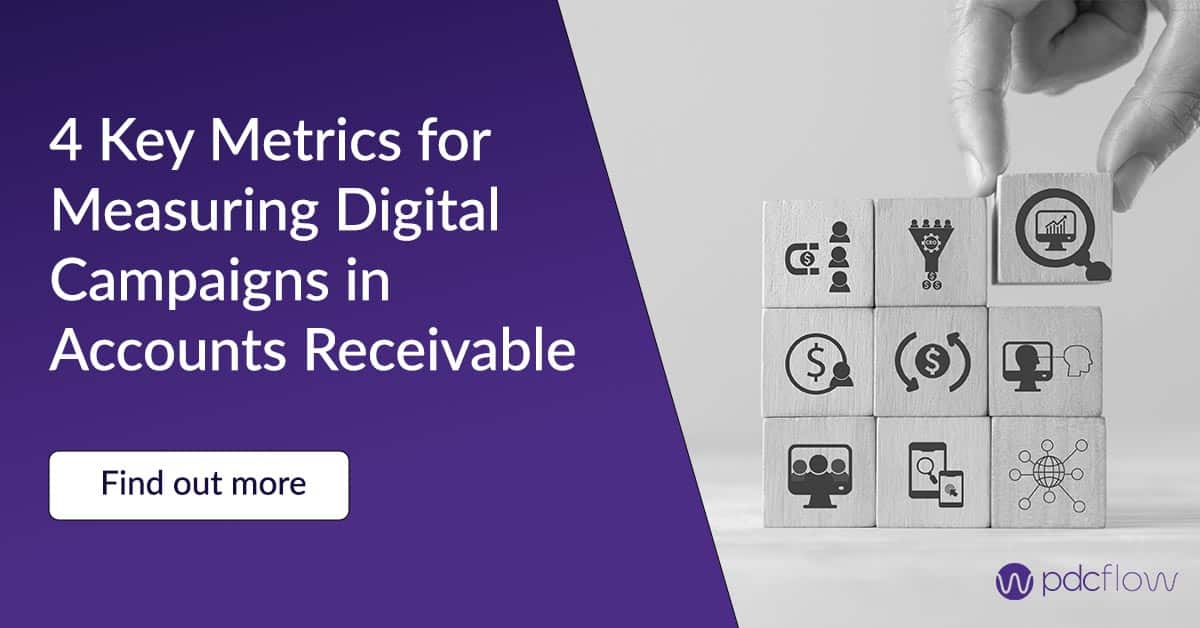Last updated February 2023
Dealing with stalls and objections during debt collection is just part of the job. But there’s a lot more to debtors than a simple unwillingness to pay. Kelly Parsons-O’Brien, outgoing president of the California Association of Collectors has spent years in the business learning not just how consumers stall, but why.
In a webinar put on by the CAC, she discussed some of the successful debt collection techniques she has picked up over the years. Here are some debt collection strategies that can help your agents identify personality types and relate more positively to the consumer while collecting.
Negotiating a Collection Debt
Train Agents to Identify
Personality Types
PEOPLE PERSON - often apologizes for being in debt, likes to be helpful, and wants to make things right.
TACTIC: Find common ground.
THE DREAMER - has a hard time focusing on money, and likes to joke and banter.
TACTIC: Banter in a professional manner, but keep them focused.
THE THINKER - hard to convince them of anything if they don't agree.
TACTIC: Acknowledge their feelings.
THE DRIVER - usually knows more about their account than the collector.
TACTIC: Do a second talk off right away, speak without hesitation to build trust.

How Personality Types Impact Debt Collection Calls
People Person
The Dreamer
This person has a hard time focusing on money. They like to joke with collectors. “We encourage our collectors to banter in a professional manner,” says Parsons-O’Brien. “We feel that building rapport and communicating on the same level as the consumer helps you get the account collected.”
The most important item to note: dreamer personalities get busy and forget about their debts. It is best to keep them focused and make sure the debt is paid in full before you end the phone call.
The Thinker
The Driver
These consumers usually know more about their account than the collectors. When a driver is on the phone, try to do a second talk off right away. If the collector on the call is new, this is a good opportunity to have them listen in.
Have a senior staff member pick up the call. If your collector can speak to them without hesitation, that will go a long way toward building trust during debt recovery.
Give Agents the Tools to Deal with a Consumer's Emotions
AGREEABLE - they understand they owe money and want to resolve their past due accounts.
TACTIC: A debt collector favorite. Take the payment.
DEFENSIVE - usually don't pay and won't explain why.
TACTIC: Find common ground. Find anything they will agree upon. Small agreements can build up and make it easier to discuss the debt.
APATHETIC - don't care about the debt. Can boil down to circumstances. May be experiencing issues bigger than the debt.
TACTIC: Be empathetic.
WORRIED - accidentally engages in call baiting. Asks a lot of questions.
TACTIC: Be cautious and follow compliance guidelines.
CONTROLLING - controls the call.
TACTIC: Allow the consumer to be in control and guide the conversation to a solution.

Consumer's Emotions
Agreeable
Defensive
Defensive behavior tends to be common among debtors from the Generation X age group. Defensive debtors usually don’t pay but also won’t explain why.
Parsons-O’Brien suggests finding any common ground with the consumer. “We really train our collectors to find anything the debtors agree upon. Even if it’s just an agreement about their personal information.” She says that small agreements in the call can build up and make it easier to start discussing the unpaid invoice or account.
Apathetic
Apathetic consumers don’t care about their debt. This can boil down to circumstances. If a consumer experiences bigger issues than the debt they owe, they may not care about the money.
For instance, health issues which created medical debt may be more important to the consumer. Empathy goes a long way in this scenario. Collectors that can connect with debtors tend to be more successful.
Worried
Controlling
Reasons for Non-Payment
CIRCUMSTANTIAL - fallen on hard times.
TACTIC: Be empathetic. Get more information and come up with a plan.
EMOTIONAL - may blame their delinquency on others and may not take ownership for their situation.
TACTIC: Use empathy.
INTELLECTUAL - often disorganized, may have high education level, but little experience with finances.
TACTIC: Show them why they owe the bill. The debt may seem trivial to them, acknowledge this and suggest they resolve it immediately.
CRIMINAL - do not intend to pay their debts, number of accounts and types of debt may help identify.
TACTIC: Large medical debt isn't necessarily a red flag, but consumer or credit card debt might indicate a pattern.

Reasons for Non-Payment
Circumstantial
These unpaid accounts are held by people who have fallen on hard times. Getting more information and coming up with a plan is usually enough to solve circumstantial issues surrounding nonpayment. A simple act of empathy can help collectors make a connection with these consumers.
Parsons-O’Brien mentions one of her collectors who has had success with debtors in hard circumstances. The agent often reminds debtors that the situations they are facing are temporary. She reminds consumers that coming up with a solution to their debt will make things easier.
Emotional
Intellectual
Criminal
3 Steps to Overcoming Objections in Debt Collection
At Pacific Credit Services, Parsons-O’Brien and her management staff train collectors to follow three steps to overcome objections. These steps are designed to put consumers at ease during the collection process and get them prepared to resolve their accounts.
- Validate the consumer's feelings.
- Make the consumer feel good.
- Tell them what you CAN do for them.
For some sample statements of each step of the process, information on collecting from different generations, and an overview of consumer personality types and emotions, download the overcoming objections guide:





